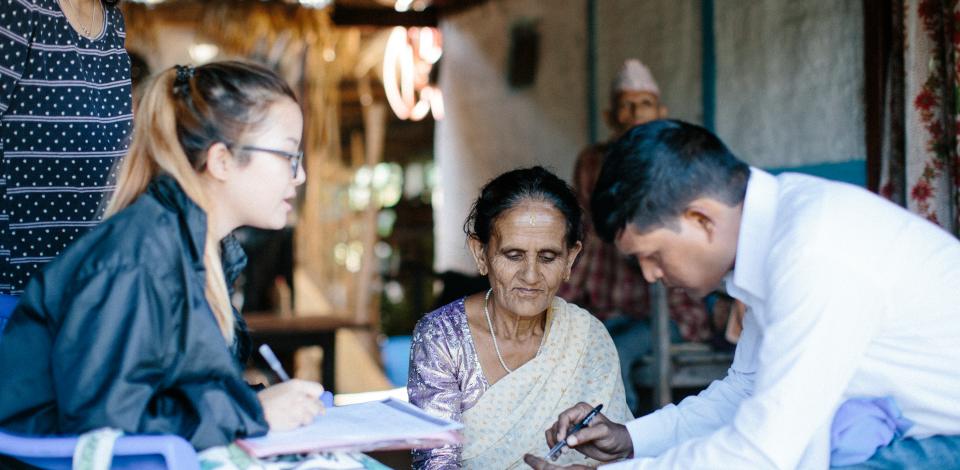The implementation of a system with accurate data collection, disease mapping and reporting of relevant indicators is essential for monitoring NTD control programs and their progress towards the elimination of NTDs. For accurate data collection it is important to do this in an organized and efficient way. The use of mobile devices (i.e. mobile phones, tablets) and online databases increases the efficiency and minimizes transcription errors in the field. Disease mapping visualizes their distribution and help to understand the country situation with regard to particular NTDs. It can guide national program decision making on resource allocation and program implementation, regarding interventions for prevention, treatment and work on rehabilitation and inclusion. Indicators are measures of change or difference used for monitoring of diseases, complications or disabilities and for monitoring and evaluation of the impact of interventions. Indicators that can be used across-NTDs help to compare and standardize monitoring of the impact of integrated NTD interventions and programs.

